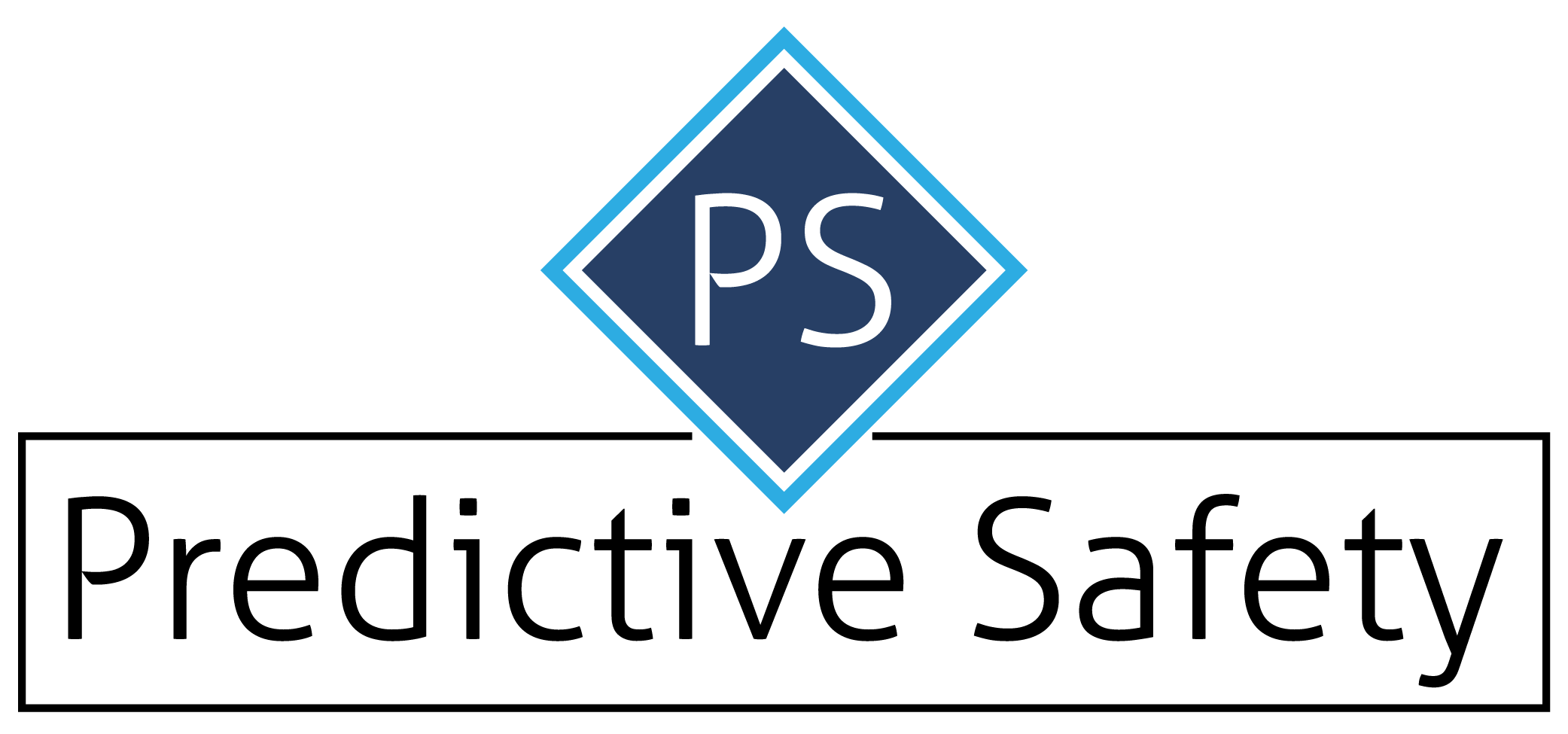In high-risk industries, workplace safety relies not only on policies and procedures but also on real-time awareness of human factors. Ensuring workplace safety begins with thorough background checks and drug testing, which verify an employee’s qualifications and compliance. Human performance monitoring strengthens this foundation by detecting real-time risks such as fatigue or cognitive decline. When used together, they help organizations protect their people and operations more effectively. This approach supports early identification of risk and enables timely interventions that can help reduce the potential for harm. When safety programs consider both the compliance and performance sides, organizations can reduce uncertainty and close dangerous gaps in coverage.
Understanding the Human Side of Safety
Individual readiness plays a central role in how employees respond to complex, high-risk tasks. Fatigue, stress, and distractions, though not always visible, can significantly impair judgment and attention. Traditional compliance checks don’t measure these variables in real time, meaning organizations may be unaware of performance risks until after an incident.
Human performance monitoring tools are designed to fill that gap, providing a brief cognitive test that helps assess worker alertness before or during a shift. The goal is to better understand whether someone is in an optimal state to perform safety-sensitive tasks, not to replace compliance procedures but to enhance them. Over time, the data collected helps identify patterns that might otherwise go unnoticed, such as drops in alertness during specific shifts, environments, or work conditions.
For example, a worker may pass standard screenings but arrive at work distracted or sleep deprived. These conditions, while temporary, may increase the risk of errors. Monitoring tools that highlight patterns in fatigue or alertness can offer additional context and help teams make more informed decisions. They also support frontline supervisors in making judgment calls backed by real-time data rather than relying solely on observation or routine.
Expanding the Scope of Risk Management
Many workplace incidents are rooted in human performance issues rather than policy violations. Miscommunication, routine-based decision-making, and overlooked hazards are common contributors. These challenges often emerge subtly and accumulate over time, making them difficult to address with traditional safety tools alone.
Incorporating cognitive monitoring adds another layer to risk assessment by identifying conditions that may not appear in standard reporting. It encourages a shift from reactive problem-solving to proactive risk awareness.
By tracking trends across shifts, teams, or job roles, organizations can:
- Recognize performance dips related to scheduling, environment, or workload
- Gain insights into when and where to adjust staffing or support strategies
- Build more responsive safety programs that reflect real-world conditions
- Tailor interventions to individuals and teams based on data, not assumptions
This type of information can complement compliance tools and contribute to better outcomes in training, supervision, and resource planning. It also serves as a valuable check-and-balance system that supports better alignment between leadership decisions and frontline realities.
Developing a More Responsive Safety Culture
A strong safety model includes both compliance and adaptability. When organizations combine long-term compliance data (such as results from background checks or random testing) with daily performance inputs, they’re better equipped to respond to both immediate and ongoing safety concerns.
This integrated model supports:
- Decision-making informed by real-time conditions
- Education and coaching focused on behavioral risks
- A feedback loop between frontline experiences and organizational policy
- Early identification of operational trends that may lead to risk exposure
When workers and leadership share responsibility for identifying and addressing risk, safety becomes part of the culture rather than just a checklist. It encourages open dialogue, supports mutual accountability, and builds trust.
How DISA Can Help
DISA Global Solutions helps organizations strengthen their safety and compliance programs by offering end-to-end workforce screening, drug and alcohol testing, policy management, and compliance monitoring services. When paired with innovative technologies like Predictive Safety, DISA provides companies with a holistic approach to mitigating risk—one that ensures employees are fit for duty, aligned with company policies, and supported by real-time performance insights.
Sponsored by

Related Articles
About DISA Global Solutions
Founded in 1986, DISA is the industry-leading provider of employee screening and compliance services. Headquartered in Houston, with more than 35 offices throughout North America and Europe, DISA’s comprehensive scope of services includes background screening, drug and alcohol testing, DOT & HR compliance, occupational health services, and I-9/E-Verify. DISA assists employers in making informed staffing decisions while building a culture of safety in their workplace.
About Predictive Safety
Predictive Safety SRP, Inc. is a leader in workforce safety and operational readiness, providing innovative solutions to mitigate risks related to impairment beyond substances (emotional distress, changes in medications, lack of sleep, stress, fatigue, etc.). Our flagship tools, AlertMeter®️ and AlertMeter®️ FRMS (Fatigue Risk Management System), leverage advanced science, real-time data, and predictive analytics to enhance safety and productivity across industries. Grounded in decades of research and validated by peer-reviewed studies, our technologies enable organizations to proactively address human performance challenges, reduce safety incidents, and foster a culture of care and accountability. By integrating seamlessly with existing systems, we empower businesses to achieve measurable improvements in workforce well-being and operational efficiency.


